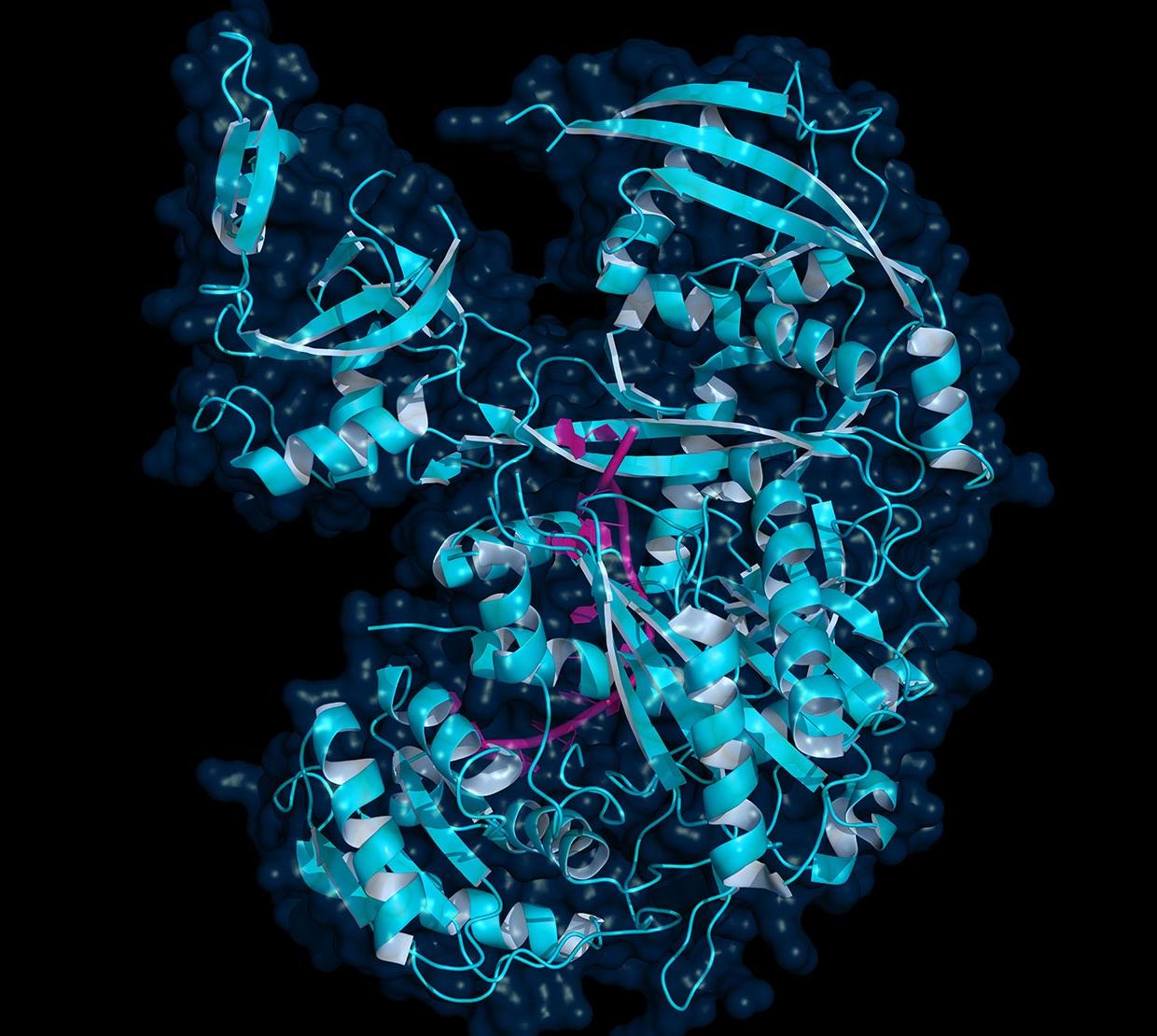A team of researchers led by Joseph Beckman, distinguished professor in biochemistry and biophysics, have essentially stopped the progression of amyotrophic lateral sclerosis (ALS), or Lou Gehrig’s disease, for nearly two years in one type of mouse model used to study the disease – allowing the mice to approach their normal lifespan.
The findings are some of the most compelling ever produced in the search for a therapy for ALS, a debilitating and fatal disease, according to the scientists. The study was published in the journal Neurobiology of Disease.
"We are shocked at how well this treatment can stop the progression of ALS,” said Beckman, lead author on this study, principal investigator and holder of the Burgess and Elizabeth Jamieson Chair in OSU’s Linus Pauling Institute.
Beckman is also the director of OSU’s Environmental Health Sciences Center, funded by the National Institutes of Health to support research on the role of the environment in causing disease.





